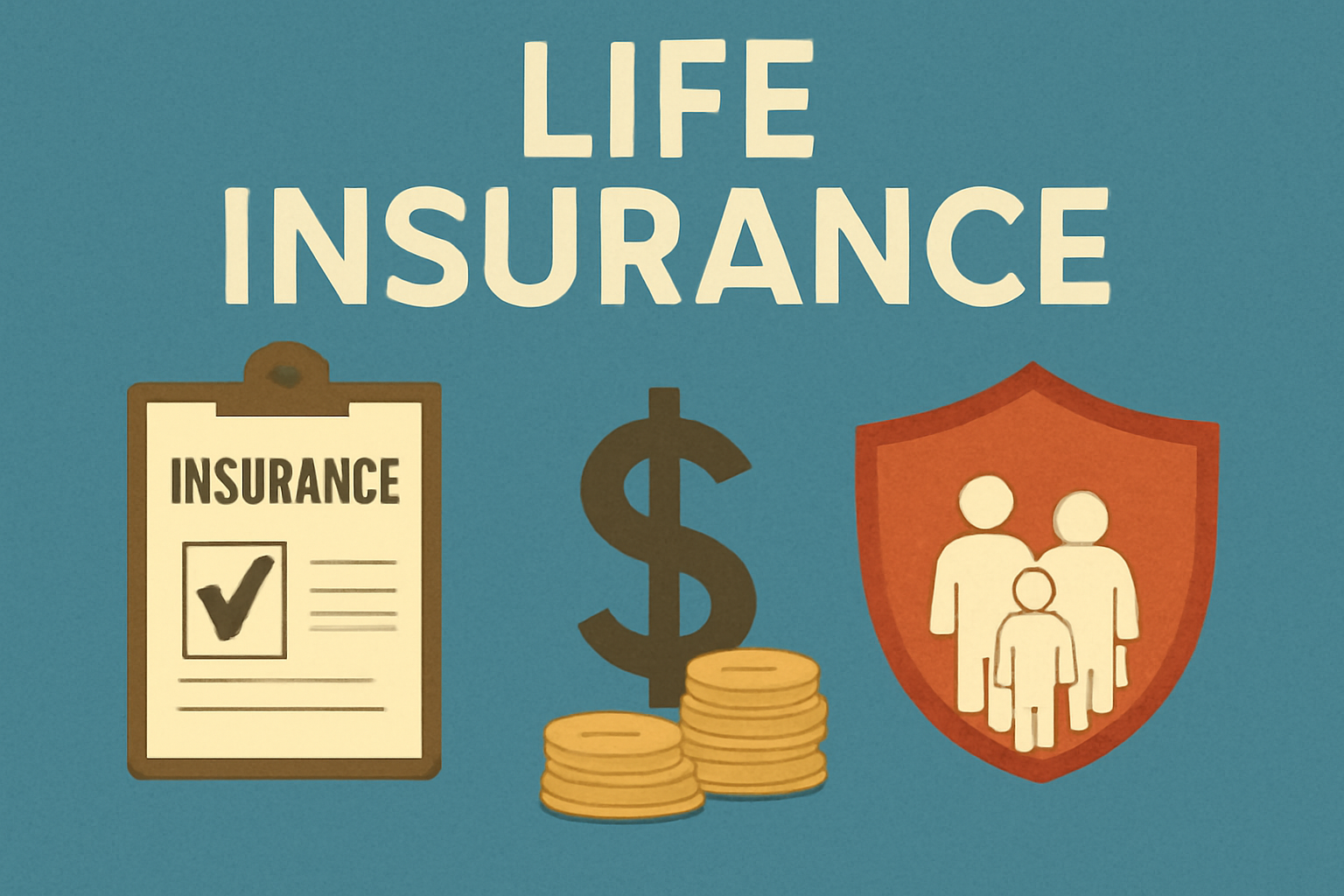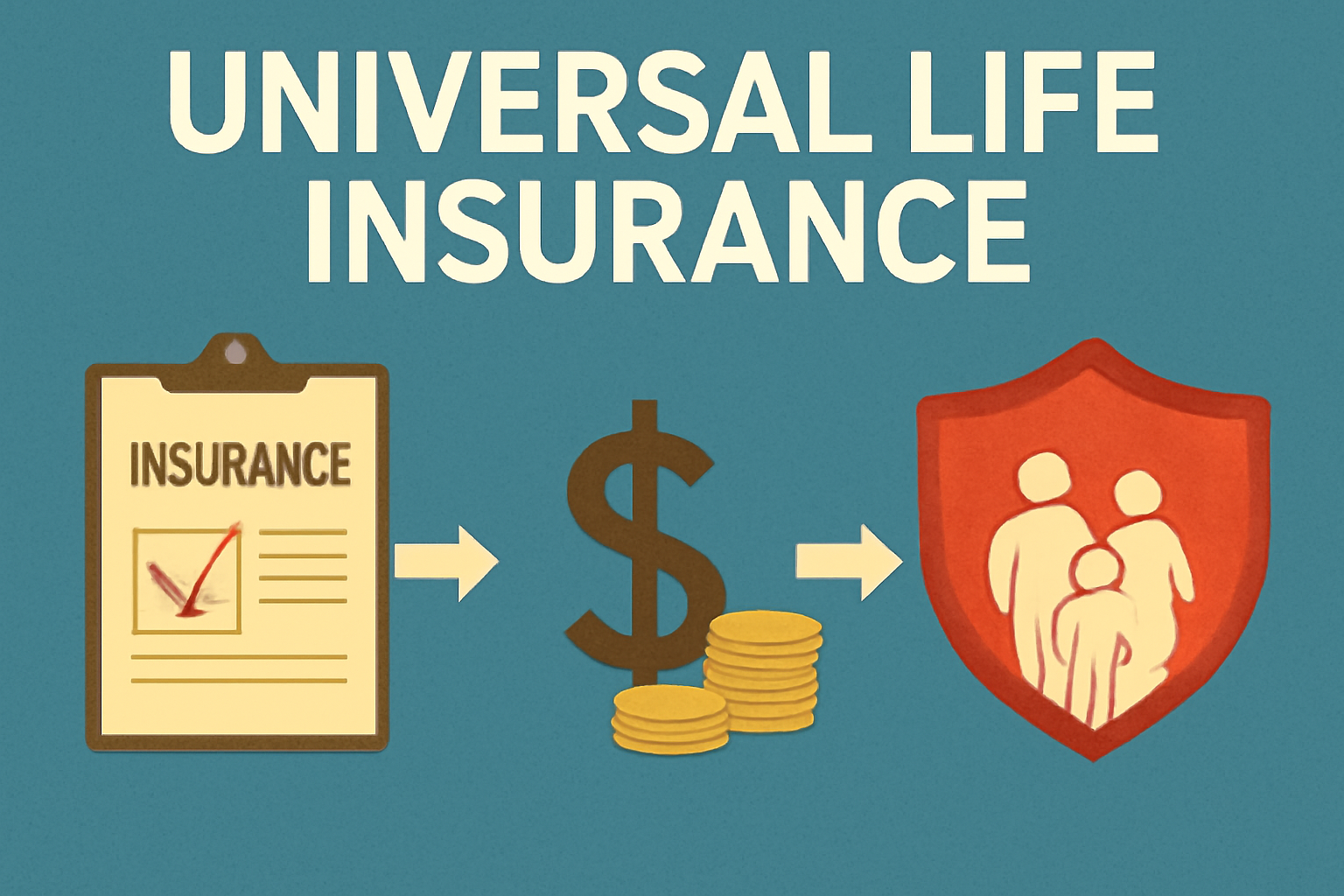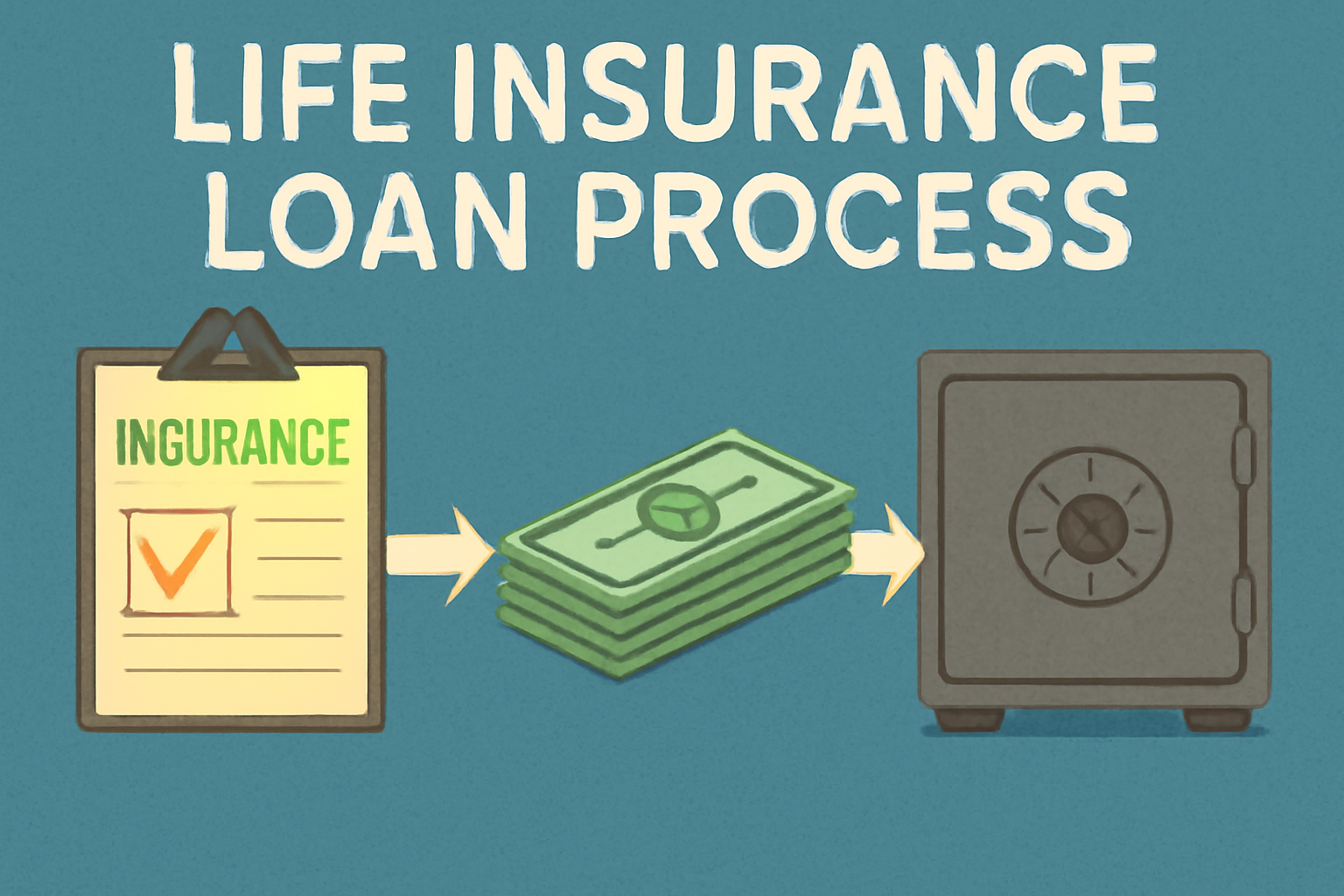Whole Life (also known as Straight Life in older circles) is known by various names and is arguably the most optimized product in the industry. It has offered a guaranteed death benefit for the insured’s entire lifetime for several centuries.
In the world of guarantees, it is unmatched and has served as an anchor for conservative savings plans since its inception. It is also one of the most hotly debated products in the insurance industry, as opinions on its overall usefulness compared to other products available today vary widely.
At its core, whole life insurance is based on three main guarantees:
- Guaranteed death benefit for the insured’s “whole life”
- Guaranteed insurance fee (mortality), which was fixed from day one and could never be changed Guaranteed return
- We will explain these three guarantees in more detail.
Guaranteed Death Benefit
Once a person purchases a life insurance policy, the insurance company guarantees that the death benefit will be paid if the insured pays the scheduled premiums. This can happen at one of two possible times:
The insured dies
The insured reaches the age of death, and the policy pays the death benefit to the insured.
The first is fairly simple and self-explanatory, but the second usually requires a bit more explanation before people truly understand what it means.
Endowment, I’m finished, but I’m still alive
All life insurance policies assume an age at which everyone will be dead (perhaps that should be more appropriate?). Anyone holding onto a policy issued before the 2001 CSO table was introduced has a policy that assumes death at age 100 (all new policies using the 2001 CSO assume age 121).
This means that the contract will pay the death benefit when you reach the endowment age (previously 100, now 121, and we’ll use 121 for the rest of the examples in this article). This rule applies to all life insurance contracts. Either you die and your beneficiary receives the death benefit, or you live to the endowment age and receive the death benefit yourself.
These are the two possibilities, and the insured only needs to pay the premiums to ensure this happens.
It’s important to know that all life insurance policies are whole life insurance policies. Therefore, understanding what a whole life insurance contract is will help you.
With whole life insurance policies, the policyholder/insured chooses a death benefit over a specific period of time (e.g., $100,000 death benefit over 20 years). The insurance company charges a premium and guarantees that the contract will expire upon payment of all premiums (or maturity) and that the company will pay the policyholder/insured the originally selected death benefit.
If the owner/insured dies before the end of the selected term, the insurance company will pay the selected death benefit to the beneficiary(ies). The savings plan is therefore completed either upon payment of all premiums or upon the death of the owner/insured.
Before the mid- to late 1980s, foundations were a very popular product. And even today, they are still widespread outside the USA. Unfortunately for us in the old White Republic, the Deficit Reduction Act of 1984 and the Technical and Miscellaneous Revenue Act of 1988 ended the coveted tax treatment of foundations, thus ending their popularity in the USA.
Guaranteed Mortality Benefit
The premium charged at the time of purchase is the premium that will be payable for the entire term of the policy. It will never increase or decrease. As long as it is paid, the policy remains in effect.
Guaranteed Return
If all due premiums are paid by the payout age, the insurance company guarantees that the policy’s cash value will equal the original guaranteed death benefit. Additionally, there is a guaranteed cash value plan between the policy’s inception and payout.
So, let’s assume a life insurance policy has a guaranteed cash value of $10,000 in the policy’s tenth year. The insurance company guarantees that you will have a cash value of at least $10,000 in the tenth year.
Going Beyond the Guarantees
In addition to the minimum guarantees of a life insurance policy, many companies that offer life insurance offer their policyholders additional (non-guaranteed) benefits. These are traditionally paid to the policyholder in the form of a dividend. To understand the basic idea of a dividend, it is helpful to briefly discuss the purpose of mutual insurance companies.
Mutuality: Policyholder Ownership
A mutual insurance company is owned by its policyholders. To participate in the insurance company’s profitability, policyholders are paid dividends. A dividend-bearing insurance contract is also called a with-profits policy (it shares in the profits). The dividends are paid by the insurance company to the policyholder and can be used as desired.
Life insurance is the most commonly recognized insurance contract when it comes to paying out dividends, but it is not the only one. Term life insurance, disability insurance, and long-term care insurance can all be shared products (it really depends on the insurance company).
Another approach is to price an insurance company’s products based on some sound business assumptions. These assumptions are based on several considerations:
- The number of people who will die and require a death benefit will determine who they should be willing to issue a policy to and how much they should charge for a policy.
- How much money they will spend on their business (this also affects the amount of fees they should charge for their business).
- What kind of return will they earn on the money they collect and hold?
As you can see, the three guarantees (mortality, expense, and return) are back.
If the insurance company charges higher fees to cover the cost of insuring all insured persons (e.g., if fewer people with a valid policy die than expected), if day-to-day operations are less expensive than expected, or if the insurance company earns more than expected, it shares its success with its policyholders (owners) in the form of a dividend. And it turns out that the insurance company usually performs significantly better than expected (many have paid dividends every year for over 100 years).
There is much more to discuss on the topic of life insurance, as it has many different applications in financial planning, etc. Look for more information on this in future posts.





